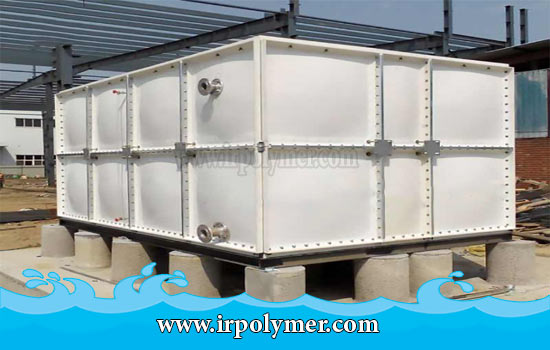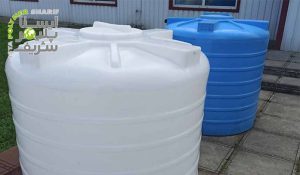FRP, or GRP, which stands for Fiber Reinforced Plastic, refers to polymers reinforced with fibers. The most significant concern in the industrial sector is corrosion. Billions of dollars are spent annually on corrosion prevention and maintenance, especially in the field of composite tanks or GRP tanks with complex geometries.
The unique properties of FRP tanks, such as high resistance to corrosion, have replaced many expensive metals. These applications include pipes, tanks, ducts, flanges, and fittings. FRP composites are made using a combination of high-strength polymers and fibers. The manufacturing process for composite tanks includes filament winding, hand lay-up, or SMC.
The resins used in the construction of composite tanks or GRP tanks or modular composite tanks include polyester, vinyl ester, polyurethane, and epoxy. These resins are reinforced with glass fibers, carbon fibers, or aramid fibers. These fibers are used in crushed form, long fibers, or woven form to manufacture composite or modular tanks.
Composite structures, due to their low weight, have widespread applications in the transportation industry. Another major application of these materials is in the production of composite tanks used in the metalworking industry. GRP tanks have high corrosion resistance. These tanks have excellent resistance to external corrosion.
The future of composite tanks is rapidly growing. GRP tanks are on average 70% lighter than metal tanks and, given their superior mechanical properties, are an unmatched product. FRP materials have high corrosion resistance and lower maintenance and repair costs compared to other products. Composite tanks are non-conductive and non-magnetic. FRP materials have brought a significant revolution to various industries, including the energy sector.






